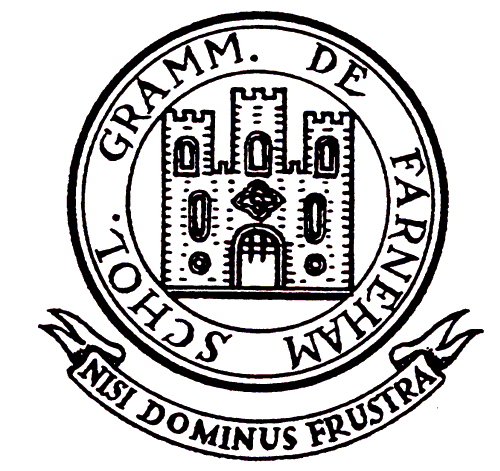|
|
Old Farnhamians' Association |
Brief
History of
Farnham Grammar School traced its roots to the
year 1560, during the reign of Queen Elizabeth I. That is the date of an
historical record of the application for a licence to build a school at
Farnham, in the
During the 17th century, it is recorded that the
school received various gifts and bequests. The school was housed in West
Street, Farnham until 1906, when, following the 1902 Education Act by which
funding of grammar schools was given to newly-created Local Education
Authorities, new premises were built on approximately 6 acres of land in Morley
Road. Until the introduction of the Common Entrance Examination under the 1944
Education Act, entrance to the school was subject to the payment of fees or by
scholarships awarded on merit. A school prospectus from the 1920s makes
interesting reading (click here).
Farnham Grammar School ceased to exist as such in
September 1973 when, with the introduction of educational reforms, the premises
were taken over by
This was a school with a rich history that
achieved great success in educating boys from the rural area that it served.
The boys who passed through the school came from a wide variety of backgrounds.
Educational standards and academic achievements were always good by the norms
of the period and the school taught a stream of pupils who went on to
considerable achievement in many fields of human endeavour.
